Pinguicula ehlersiae - CarniP06a
Pinguicula ehlersiae - CarniP06a
Butterwort ehlersiae (Pinguicula ehlersiae) is a carnivorous rosette plant native to Mexico. Pinguicula ehlersiae features broad leaves covered in numerous sticky glands that capture insects. Pinguicula ehlersiae requires a dormancy period for optimal growth for this carnivorous plant species.
This product is currently still in stock
Share this plant? Press on one of the following icons.
Butterwort ehlersiae (Pinguicula ehlersiae) is a captivating carnivorous plant native to the highland regions of Mexico. Known for its striking rosettes of fleshy, green leaves, this species produces beautiful, delicate flowers that typically range in color from pale lavender to white. The araflora plantinformation symbols below will give you some indications for this carnivorous plant.
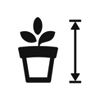
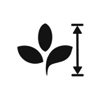
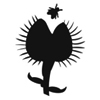
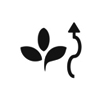
Mexican butterwort ehlersiae (Pinguicula ehlersiae), carnivorous plant ideal for bright, indirect light. Pinguicula ehlersiae thrives at temperatures between 15–25°C (59–77°F) but can tolerate drops to around 5°C (41°F) in winter. Keep the soil moist during the growing season, ideally using a shallow tray of distilled or rainwater, and reduce watering in winter when the plant enters dormancy and produces non-carnivorous leaves. Moderate to high humidity (60–80%) is beneficial, but good airflow is essential to prevent rot. Plant Pinguicula ehlersiae in a well-draining, low-nutrient mix (e.g., perlite and peat moss) and avoid fertilizers. Occasional feeding with small insects can supplement its diet, though the plant can catch food on its own. Repot every 1–2 years to refresh the soil and prevent mineral buildup.




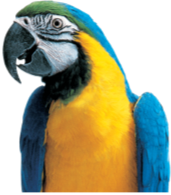


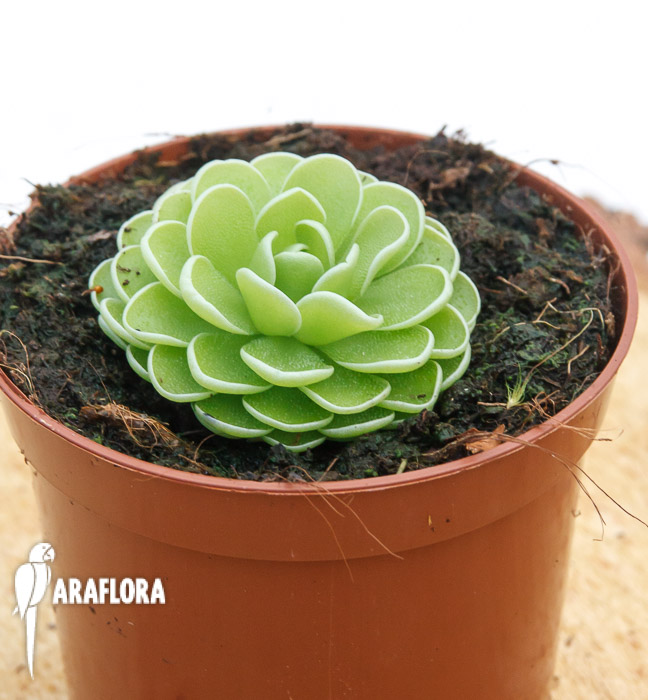
 6 cm
6 cm
 7 cm
7 cm












